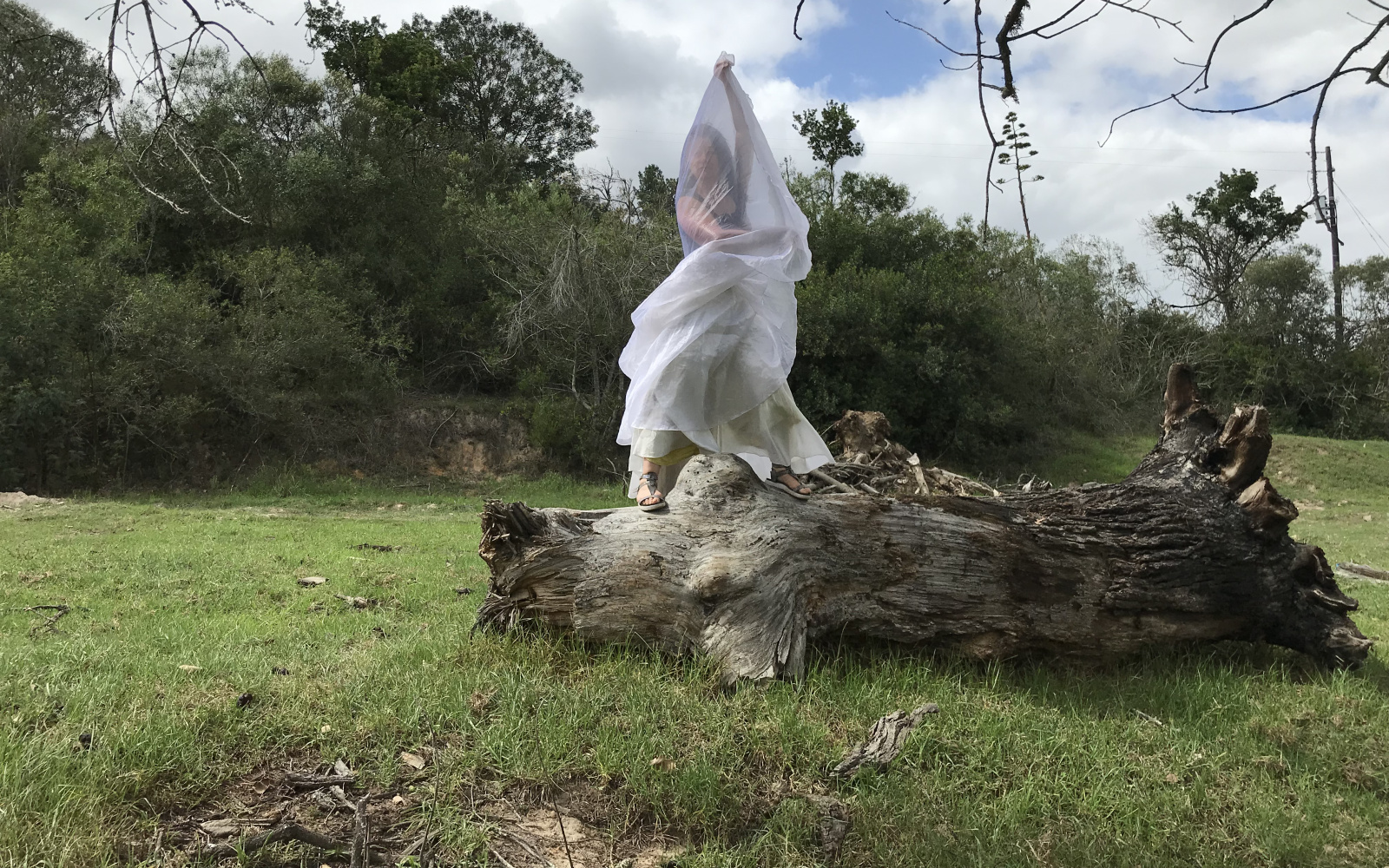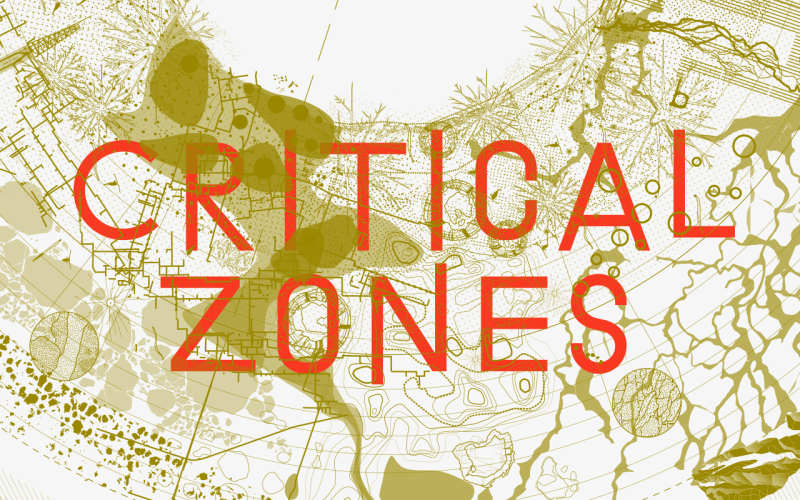- Workshop
- Workshop
TOTAL GAIA
Fri, October 30, 2020 3:30 pm – 5:30 pm CET
- Location
- ZKM | Center for Art and Media
One needs nature around and within herself. Re-Naturing is an approach to rediscover our nature within us and to express it with movement, voice, music and sound.
Why are we forced to give up our nature? What is lost and where and how do we find it again? Movement, dance and texts will help us in our research.
This workshop will be given in German.
Organizing Organization / Institution
ZKM | Center for Art and Media
This Event - Is part of
Accompanying program
Accompanying Program

